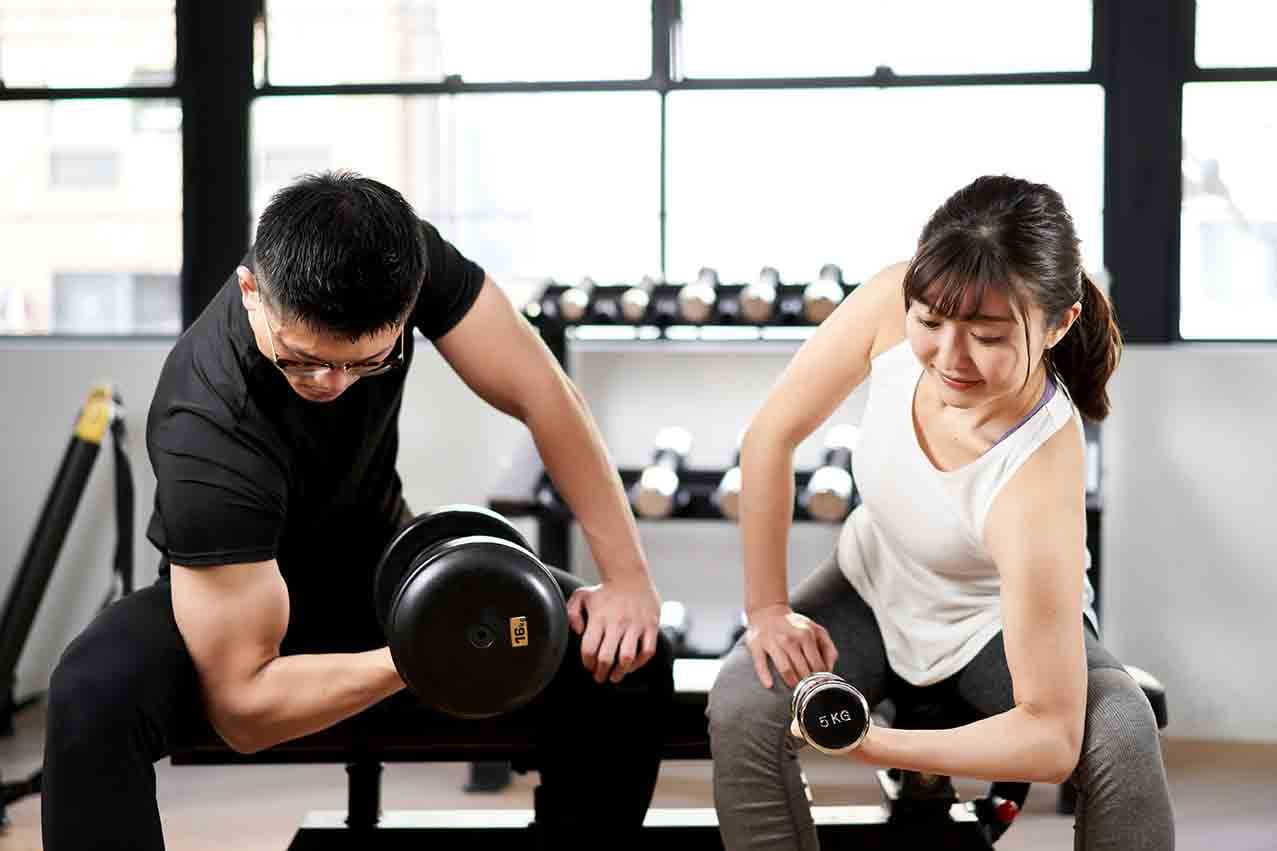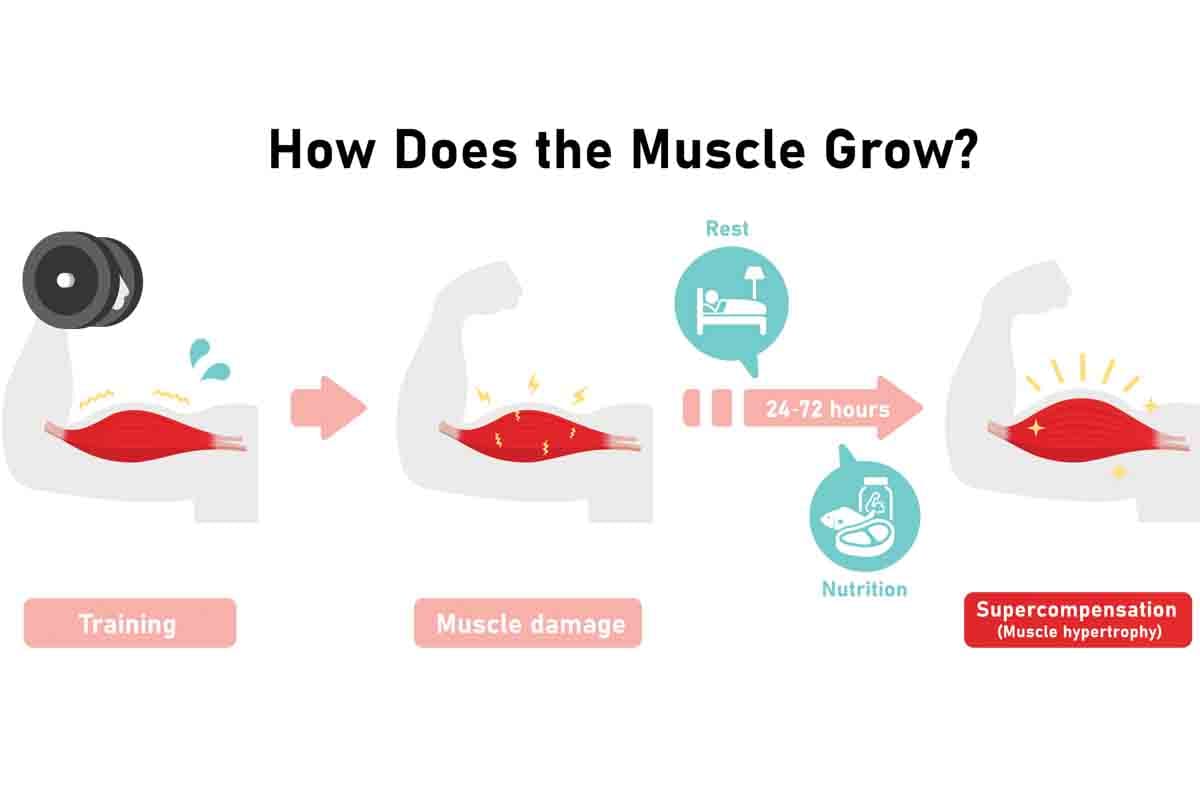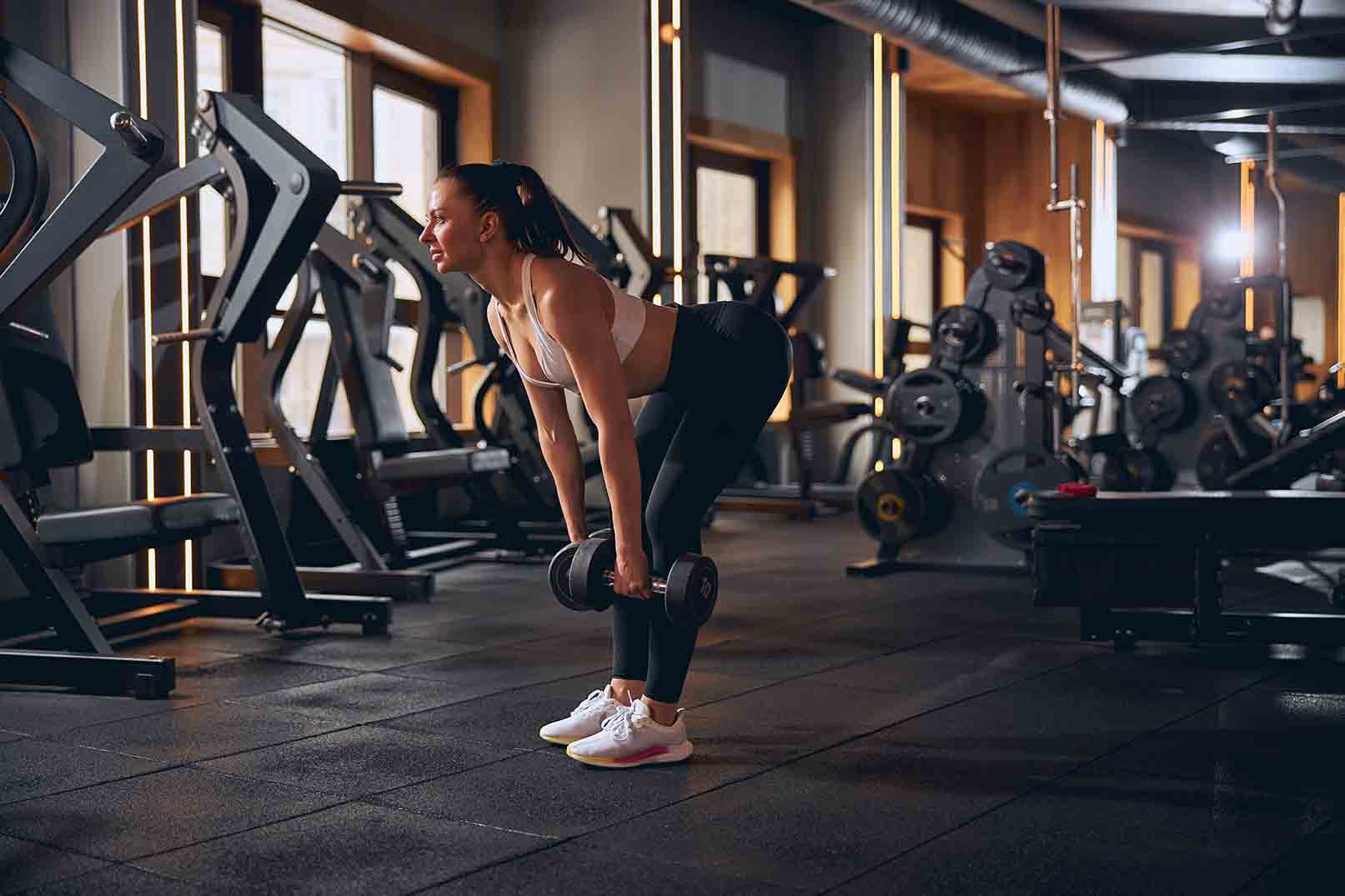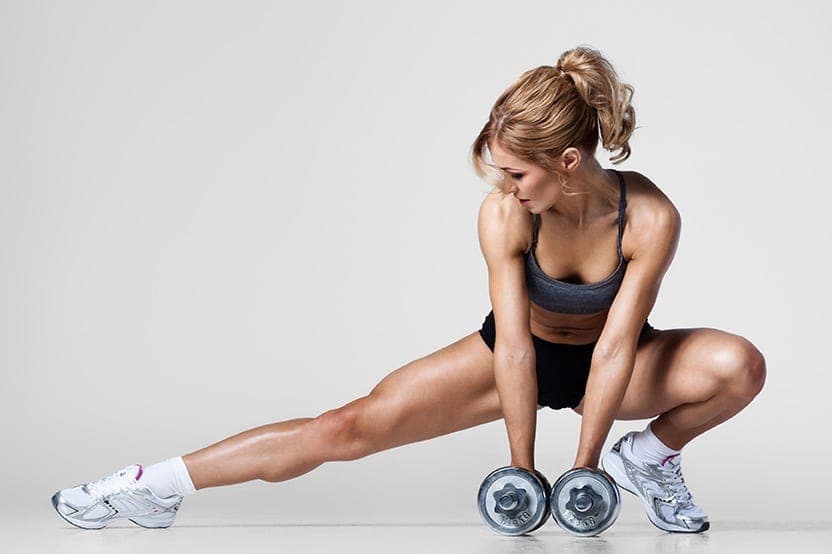PHUL (Power Hypertrophy Upper Lower): Ultimate Guide 2024
Learn about PHUL (Power Hypertrophy Upper Lower) workouts and how they can enhance your training and body aesthetics...
Are you getting PHUL body workouts each time you hit the gym?
Here, we’ll explore the (PHUL (Power Hypertrophy Upper Lower) workout program. This article will walk you through a brief history of the method and the theory behind it. We’ll compare and contrast PHUL with other popular workout splits like PPL and PHAT.
Throughout we’ll look at some samples of how this PHUL workout can be broken down to suit your schedule.
Read on to see whether a PHUL program is the one you should choose to ace your goals in the gym this summer.
What is a PHUL (Power Hypertrophy Upper Lower) Workout?
Yes, you technically work your “PHUL” body, but that’s not what the acronym stands for.
The PHUL (Power Hypertrophy Upper Lower) workout is a type of strength training workout that helps you build strength and grow your muscles at the same time. It’s more about what training techniques you focus on rather than which muscles you’re looking to grow.

How do you do a PHUL workout? Basically, the program works where you alternate between power and hypertrophy workouts. This is one type of workout split, divided up over four days.
Research shows that full-body workouts and workout splits have roughly the same effectiveness in promoting muscular strength and hypertrophy.
Typically weightlifters on a PHUL plan do four sessions a week: two upper-body workouts and two lower-body workouts. On your designated “power days,” you focus on lifting heavier weights with lower reps. This technique helps you maximize your strength and work toward things like one-rep mazes.
“Hypertrophy days” (muscle growth), on the other hand, emphasize more reps with lower or moderate weight. If you want to grow your muscle size specifically and are less focused on how strong you get, hypertrophy training is a useful technique.

This is especially good if you value aesthetic workouts that help your body to look its best. This balanced approach ensures comprehensive development, targeting different muscle fibers and promoting overall muscular growth and strength.
Take a look down below for what a typical PHUL plan might look like.
Power Days
These days focus on heavy, compound moves to build your strength.
- Upper Body Power: This segment works exercises like bench presses, rows, and overhead presses.
- Lower Body Power: Includes exercises like squats and deadlifts.
Hypertrophy Days
Here, you focus on higher volume and moderate weight. This is done to help you build your overall muscle size.
- Upper Body Hypertrophy: For this day, you work with high reps and more isolation exercises (think incline dumbbell presses and lateral raises, etc.)
- Lower Body Hypertrophy: Here, you perform higher reps and more isolation exercises for your lower body muscles (leg press, leg curls, etc.)

Days Per Week
- 4 Days per Week: Typically divided into two upper body days and two lower body days. For example: Monday= Upper Power, Tuesday= Lower Power, Thursday= Upper Hypertrophy, Friday= Lower Hypertrophy, Weekends= rest.
What is the Goal of a PHUL Workout?
Basically, you want to combine strength and hypertrophy in equal amounts. Balance is key when it comes to many aspects of your training.
What this workout does well is give equal energy to both strength and hypertrophy training, so you manage to get the best of both.
Most people who use PHUL training also complete their strength days earlier in the week, with hypertrophy (muscle growth) days coming around later on.
The beauty of this timeline is that it lets you devote more energy and fresher muscles to high-strength lifts. Sometimes we tend to feel burned out or “gassed” quickly by doing our maximum strength lifts, and it takes longer to recover.
Because of this, it can feel easier and more sustainable to train hypertrophy exercises later, where you lift with less weight.
What is a PPL (Push Pull Legs) Workout?
PPL (Push Pull Legs) workouts are a type of training split that breaks your weekly workouts down into three categories: push exercises, pull exercises, and leg exercises.

Push workouts target the muscles you use for pushing movements. Namely, your chest, shoulders, and triceps.
Pull workouts hit the muscles you use for pulling. That means your back and biceps.
Leg workouts target your lower body, so you’re working your quadriceps (quads), hamstrings, glutes, and calves (do not skip!).
This structure gives you the opportunity to get in balanced muscle development and recovery while simplifying things by hitting one area at once.
PPL is one of the simplest splits, which makes it an excellent option for beginners or advanced lifters. Here’s how PPL days work:
Push Days
On Push Days, you focus on pushing movements that recruit your chest, shoulders, and triceps. Think of exercises like the bench press, overhead press or tricep extension.
Pull Days
Pull days emphasize on moves that target your back and biceps. Here, you can do exercises like pull-ups, rows, lat pulldowns and bicep curls.
Leg Days
The dreaded leg day focuses on moves for your whole lower body. You can do squats, stiff leg deadlifts and RDLs, hack squats and leg presses. Anything your heart desires that will get your low body muscles activated. Take a look at what a typical PPL week might look like.
Weekly PPL Plan
6 Days per Week: Each muscle group is worked twice per week.
- Monday: Push
- Tuesday: Pull
- Wednesday: Legs
- Thursday: Push
- Friday: Pull
- Saturday: Legs
- Sunday: Rest
Why Should You Do PPL Workouts?
PPL workouts give you a higher training frequency for each muscle group you want to target. If you’ve got more available time to spend in the gym each week, this workout split is great for people who are willing to commit 6 days to exercise.
It’s also great for “newbie gains.” Typically those who are new to weightlifting have the capacity to gain more muscle or strength in a shorter time than experienced weightlifters.
Because of the high volume of a PPL split, you may see more gains quicker if you’re just getting started out.
PHUL vs PPL
To understand the key differences between PHUL and PPL workouts, let’s see how they stack up on a few common concern points that people often consider in training.
Volume
- PHUL has a lower frequency than PPL. On a PHUL plan, you work each muscle group that you’re targeting once a week with a power focus and once with a hypertrophy focus. This is meant to ideally balance the two training styles for a well-rounded approach to your training.
- PPL: For a PPL split, you use a higher training volume, working each muscle more frequently (twice a week). PPL usually focuses on specific muscle groups for every workout.
Intensity
- PHUL: Mixes high-intensity strength training with moderate-intensity hypertrophy training.
- PPL: Typically moderate intensity across the board, with a focus on muscle endurance and growth through higher volume.
Lifestyle Fit
- PHUL: If you want strength + size at the same time, this plan can help you out. It’s best suited to people who may have more time commitments and can only train four days a week.
- PPL: If you can commit to six days a week and want to hit each muscle group more frequently, PPL may be more suitable for you.
Both PHUL and PPL routines are effective for muscle and strength gains. Basically, your choice depends on your schedule, level of experience and personal preferences.
PHUL can help you balance strength and hypertrophy over four days. PPL, on the other hand, is ideal for those looking to max out on volume over a six-day program.
PHUL vs PHAT
That’s a lot of acronyms!
But PHAT is different from both PHUL and PPL (sorry, one more thing to memorize).
Dr. Layne Norton’s “PHAT” (Power Hypertrophy Adaptive Training) program comes from his world of professional bodybuilding and powerlifting.
When designing PHAT, he wanted to combine both powerlifting and bodybuilding techniques to make the most strength and muscle hypertrophy (growth) gains possible.
PHAT sees most lifters targeting each muscle group 2x per week. The structure goes like this:
- Day 1: Upper Body Power
- Day 2: Lower Body Power
- Day 3: Rest
- Day 4: Shoulder and Back Hypertrophy
- Day 5: Lower Body Hypertrophy
- Day 6: Chest and Arm Hypertrophy
- Day 7: Rest.
For more information on breaking down the PHAT workout, as well as some great exercises to try on this plan, we’ve got some required reading for you: PHAT Workout.
How Long Should You Run PHUL?
Make sure to run your PHUL program for at least 4 weeks, but you can work on it for as long as 12 or 13 weeks if all feels healthy for you.
What to Do After a PHUL Workout?
After a PHUL workout (or any workout!) you should follow a few steps to refuel, recharge and recover.
1. Eat Protein
Protein intake is one of the most important components of building muscle and helping your body to get stronger.
Try to eat a high-protein meal or snack no more than 2 hours after your workout.
2. Stretch
Get in some stretching soon after your exercise. Stretching helps to:
- Increase your joints’ range of motion
- Alleviate muscle soreness
- Reduce injury risk
- Increase blood flow to your muscles
- Lessen the time you’ll need to take off between workouts.
3. Rest
Try to get some TLC in after you work out and make sure you take at least a day off per week.
Although for some of us working out every day feels natural, even the strongest athletes need to take some time to recover.
Good recovery lets your body process all the information you throw at it during a challenging workout. This lets your muscles begin to repair and reap the benefits of your workout to increase in volume and come back stronger.
Try to get in a walk in the fresh air or a simple and fun social activity with some physical element if you can’t stay totally still on your rest days. This lets you recover while moving the muscles so you won’t feel stiff when you’re back in the gym.
It’s a great chance to catch up on sleep (an essential part of increasing your fitness level) too!
Is PHUL a Good Program?
To conclude, if PHUL is aligned with your gym goals of achieving power and hypertrophy and matches up with your schedule, it’s a good program.
The beauty of PHUL is that compared to a bro split or PPL split it requires fewer days in the gym. If you’re someone with a busier work schedule or a timetable that tends to vary a lot per week, PHUL may be a better lifestyle fit for you than some of the other common workout splits out there.
References
Evangelista, A. L., Braz, T. V., La Scala Teixeira, C. V., Rica, R. L., Alonso, A. C., Barbosa, W. A., Reis, V. M., Baker, J. S., Schoenfeld, B. J., Bocalini, D. S., & Greve, J. M. D. (2021). Split or full-body workout routine: which is best to increase muscle strength and hypertrophy?. Einstein (Sao Paulo, Brazil), 19, eAO5781. https://doi.org/10.31744/einstein_journal/2021AO5781
Krzysztofik, M., Wilk, M., Wojdała, G., & Gołaś, A. (2019). Maximizing Muscle Hypertrophy: A Systematic Review of Advanced Resistance Training Techniques and Methods. International journal of environmental research and public health, 16(24), 4897. https://doi.org/10.3390/ijerph16244897
Related articles


Get fit with Flex
Build muscle & lose weight fast for free.
Available on iPhone + Apple Watch





